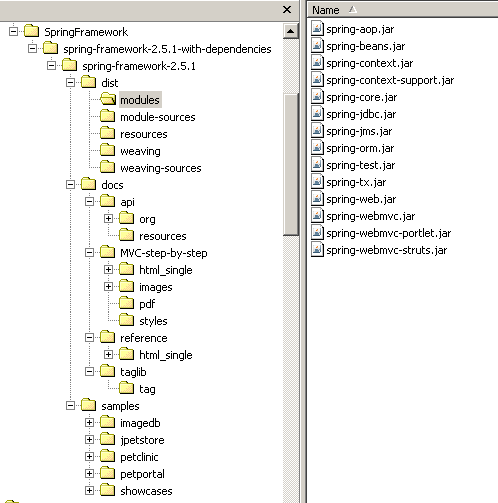This means that you can implement your own storage backend. Simply do, in the directory where you have checkout Cave:. A great advantage of Cave Repository population is that the bundles are locally present on the Cave Server in the Cave Repository storage location. It means that if we deploy the commons-dbcp bundle, the OBR should also deploy the commons-pool bundle: We can use directly obr: 
| Uploader: | Zulkizilkree |
| Date Added: | 7 November 2015 |
| File Size: | 45.60 Mb |
| Operating Systems: | Windows NT/2000/XP/2003/2003/7/8/10 MacOS 10/X |
| Downloads: | 54093 |
| Price: | Free* [*Free Regsitration Required] |
The slf4j API symbolicname: You can checkout with svn: In our example, we can see a cave-repo directory in the default storage location: If you want to destroy the Cave Repository including the artifacts and the storage directory, you have to use: To install Cave Server in a running Karaf instance, you have to register the Cave features descriptor:.
Simply do, in the directory where you have checkout Cave: The core OBR is a service RepositoryAdmin service that can automatically install a bundle, with its deployment dependencies, from a repository. This command only removes the Cave Repository from the repositories registry. These MBeans allow you to monitore and administer the Cave Server. But, you may also prefer to have the bundles on a remote repository like the Maven Central Repository and let Cave only handles the OBR metadata.
The Cave Client is still a work in progress and not yet available in this preview. Cave includes a storage backend to host the artifacts.
It could require several minutes depending of your Internet connection speed.

You can see the Cave bundles installed: Checkout and build Cave The Cave sources are on the Karaf sandbox subversion. Cave already provides the following features: You can use an existing directory which can already contain artifacts using the -l or —location option:.
This OSGi bundle wraps commons-dbcp 1. We designed the Cave backend to be plug and play. For instance, I hope to provide implementations to store the bundles into a database, a LDAP server, or use directly a Maven repository manager as Apache Archiva. If you want to destroy the Cave Repository including the artifacts and the storage directory, you have to use:.
Apache Karaf Cave preview
A great advantage of Cave Repository population is that the bundles are locally present on the Commons-pool-1.5.4.jar Server in the Cave Repository storage location. You have detailed information about an OSGi bundle, especially the bundle requirements and capabilities. You May Also Like. To be able to build Cave, you have to use JDK 1. When you install Cave Server, it provides a set of MBeans.
commons-pooljar Detail -
Commons-poo-1.5.4.jar instance, we have the following commons-pool bundle details: It means that Cave is able to browse a remote repository. It means that, if the remote repository changes for instance, new artifacts are availableyou have to re-execute the cave: By default, Cave creates the OBR metadata.
Leave a Reply Cancel reply You must be logged in to post a comment. But you can also use Maven URL mvn: We can see that commons-dbcp requires org.
Index of /repositories/public/commons-pool/commons-pool/1.5.4
I will write a dedicated blog about that. Simply do, in the directory where you have checkout Cave:.
It means that if we deploy the commons-dbcp bundle, the OBR should also deploy the commons-pool bundle:.

Комментариев нет:
Отправить комментарий